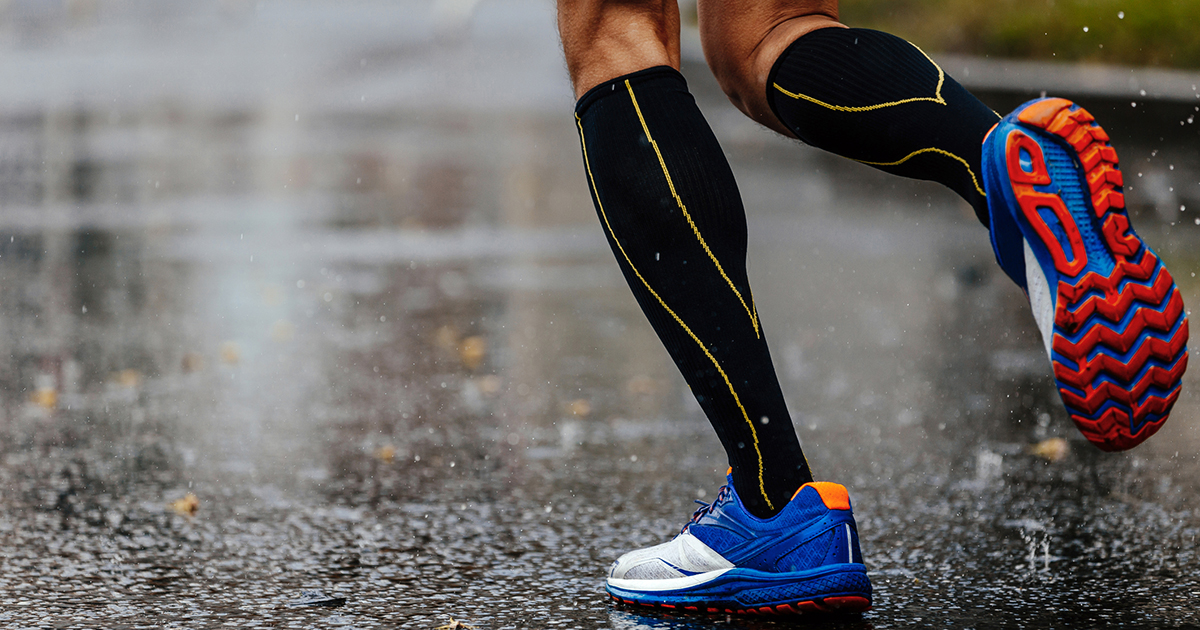How To Treat Venous Insufficiency
Approximately forty percent of individuals in the United States suffer from what is known as venous insufficiency, a condition in which the internal valves of the blood vessels that return deoxygenated blood to the heart become damaged or compromised, causing blood to pool in the lower extremities. The result is a host of uncomfortable leg symptoms, such as itching, pain, swelling, the development of varicosities, and a 'creeping' feeling across the skin of the leg. Venous insufficiency can become dangerous if left untreated, since disruption of blood flow can lead to the formation of blood clots and other complications. Discover precisely how to treat this condition now.
Wear Compression Socks
In the arteries, blood is pumped forcefully throughout the body, ensuring oxygen reaches every capillary. Conversely, the venous system, which returns deoxygenated blood to the heart and lungs, is a low-pressure system that is not pumped but guided back through a series of valves that prevent the blood from flowing backward, especially in the legs. Venous valves are easily damaged by the downward pressure exerted by pregnancy, excess weight, or simply age. When the valves cease to function, blood can no longer move efficiently, and fluid begins to collect in the lower legs, causing the feet and ankles to swell.
Compression socks can help the valves in deep veins of the leg regain some of their function by exerting outside pressure around the leg. Medical-grade compression legwear, which is stronger than the athletic socks or support hose purchased at department stores, must be purchased at a medical supply store or hospital. Individuals should wear compression socks anytime they will be walking around, and especially if they expect be sitting for prolonged periods, such as a car or airplane ride.
Get to know how movement helps treat venous insufficiency next.
Maintain Regular Movement

Individuals with venous insufficiency should maintain regular movement throughout the day, as prolonged sitting and a lack of physical exercise can make symptoms significantly worse. The valves that help shunt deoxygenated blood through the low-pressure venous system take a lot of assistance from the skeletal muscles of the legs. When individuals exercise, even just lightly, the muscles of the lower legs squeeze the veins deep within. The extra muscular boost helps keep blood flowing upward and reduces the pressure placed on already faulty valves.
Everyone should aim to walk for thirty minutes daily several days per week. If an individual prefers a faster pace, bike riding, stationary cycling, or swimming are excellent ways to keep blood flowing and will help build leg muscle tone as well, a continuous source of lower leg pressure. If an individual is on a long car or plane trip, they should be sure to take regular leg-stretching breaks to prevent ankle swelling, cramping, and blood clots.
Reveal how medication can help treat venous insufficiency next.
